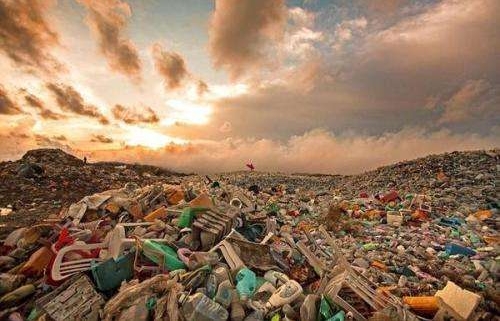Introduction
With the development of industrial production, the quantity of industrial waste is increasing day by day. In particular, metallurgy, thermal power generation and other industries have the largest emissions. The amount of industrial waste is huge, the variety is various, the composition is complex, and the treatment is very difficult. Today, only a limited number of industrial wastes are used, such as steel slag in the United States, Sweden and other countries, and fly ash and coal slag in Japan, Denmark and other countries. Other industrial wastes are still mainly in passive storage. Some harmful industrial solid wastes are disposed by landfill, incineration, chemical transformation, microbial treatment and other methods; some are put into the sea.
Harm
The passive storage of industrial waste not only takes up a lot of land, resulting in the waste of human and material resources, but also many industrial wastes contain water-soluble substances, which pollute the soil and water through leaching. Powdery industrial waste, flying with the wind, pollutes the atmosphere, and some emit odor and poison. Some wastes even silted up river channels, polluted water systems, affected biological growth and harmed human health.
Treatment and utilization
Industrial waste can be used as industrial raw material or energy after proper process treatment, which is easier to realize resource utilization than waste water and waste gas. Some industrial wastes have been made into a variety of products, such as cement, concrete aggregate, brick and tile, fiber, cast stone and other building materials; extraction of metals such as iron, aluminum, copper, lead, zinc and rare metals such as vanadium, uranium, germanium, molybdenum, scandium, titanium; manufacture of fertilizers, soil improvers and so on. In addition, it can also be used for waste water treatment, mine fire fighting, chemical filler, etc. Almost all industrial wastes can be processed into building materials, or energy and industrial raw materials can be recovered from them Nowadays, most countries mainly deal with industrial waste by industrial departments, that is to say, under the management of the government, the industrial departments and factories that discharge the waste will deal with and use it by themselves. With the increase of industrial waste discharge, Japan and other countries have developed specialized contract treatment, aiming at the final treatment.
Industrial waste is affected by industrial production process and other factors, and its composition often changes, which makes it difficult to treat and utilize. Industrial waste can only be used after a certain treatment process. For example, the slag formed by high temperature must be cooled, the slag generated by wet method must be dried, and the dust must be collected, so the cost is high. During this period, many countries are committed to the research of recycling.
next page


